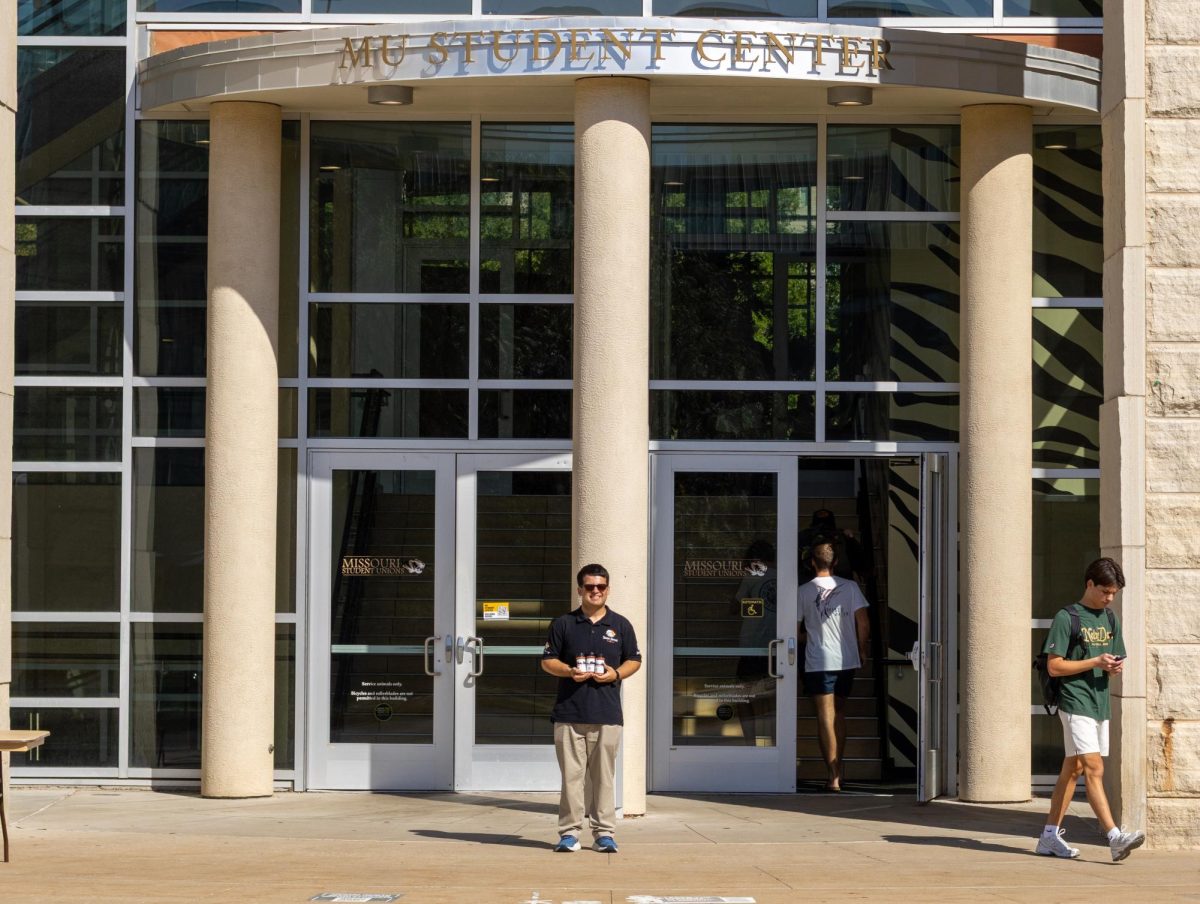An MU student will soon be joining the UM System’s governing body, the Board of Curators, coinciding with a [historic time on campus](https://www.themaneater.com/special-sections/mu-fall-2015/), administrative resignations and the student body’s desire for a stronger voice on a system level.
“The new student representative will have the responsibility of helping all campuses move forward and heal,” Tracy Mulderig, current student representative and doctoral student at UM-St. Louis said. “It’s the responsibility of all of us.”
The Board of Curators includes a non-voting student representative position that rotates between the four UM system campuses. The two-year position will be renewed on Jan. 1, 2016, and it’s MU’s turn to provide the student representative.
The selection process of the student representative began this September and involves an [application](http://gpc.missouri.edu/assets/Student-Rep.-to-Board-of-Curators-2016-2018-application-.pdf) and two interviews. Names were submitted to Gov. Jay Nixon in early November, and the top three candidates will be invited to attend the curators’ Dec. 10-11 meeting at UMSL.
MU originally received six applications for the position, said Kaitlin Steen, executive director and chair of the Associated Students of the University of Missouri.
The Graduate Professional Council, Missouri Students Association President Payton Head and ASUM President Kate Hargis conducted the first round of interviews. The Intercampus Student Council, which is made up of all student government presidents and vice presidents from each of the four campuses and the student representative to the board, conducted the second round of interviews.
The position acts as a representation of all four UM campuses, about 77,000 students, which Mulderig said is a challenge.
“Obviously not all students have the same opinions,” Mulderig said. “Different campuses have different perspectives. I try to get information from as many different perspectives as I possibly can and voice those.”
Due to recent events on MU’s campus, the position might be more scrutinized than in the past, Mulderig said. She said it will be a challenging position with some new responsibilities, like having a voice in the selection process of future campus leaders.
Steen said the new student representative should be a good listener and able to communicate respectfully with the board.
During the interview process, applicants were asked how they would represent minority groups and how they would deal with discrimination on campus, Steen said.
Mulderig also said the next student representative will need to have thick skin but also be incredibly sensitive; be a good listener but also be attuned to the needs of others; and know when to speak, when not to speak and who to speak to.
The student representative is allowed to all public and private sessions held by the nine-member board. The board makes “decisions regarding finances, university policy, capital building projects, degree offerings and other topics vital to the inner workings of all four universities,” according to the application.
However, the student representative is not allowed to vote on any decisions during these meetings.
The creation of a voting student position has been one of ASUM’s four legislative priorities since the 1970s, Steen said. Since 2002, 27 bills to give the board a voting student representative [have failed](https://www.themaneater.com/stories/2015/1/28/asum-continues-lobbying-legislators-student-curato/).
“We will certainly continue to push that this year,” Steen said. “More students understand the system now than in the past. There will be more focus on getting that student (representative) to have a voice.”
Steen said ASUM plans to file another piece of legislation in January to give the student representative a voting position. If the legislation is passed, Steen said ASUM will “ensure the legislation would make the next representative a voting position.”
Even though they can’t vote, the student representative can go on record before action items and say how they would vote if they had a vote, Mulderig said.
“I am really there fundamentally to ensure that decision makers are constantly being reminded of how decisions could affect students, how students perceive actions and that students’ interests are at least being considered,” Mulderig said.
Mulderig said she still feels respected and heard by the other nine board members.
“At the end of the day, I am an equal voice at the table,” Mulderig said.













